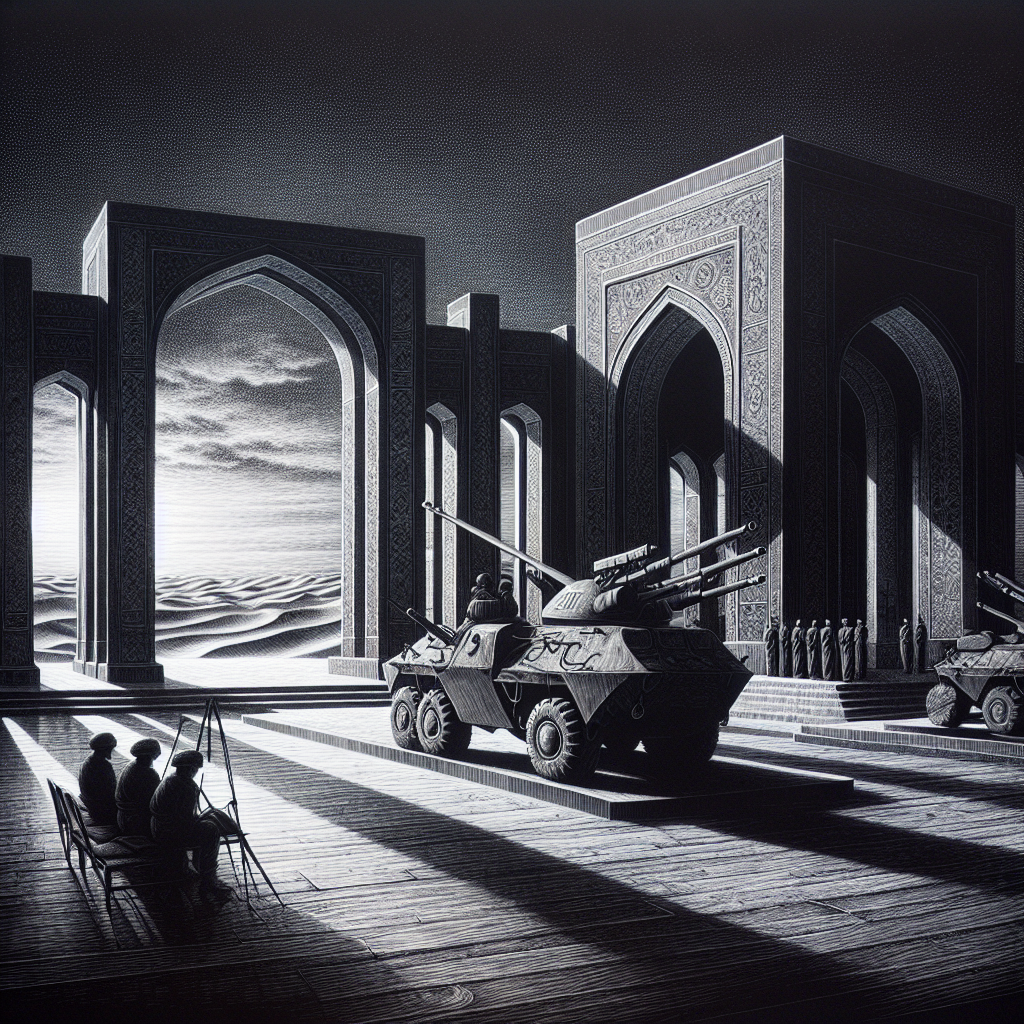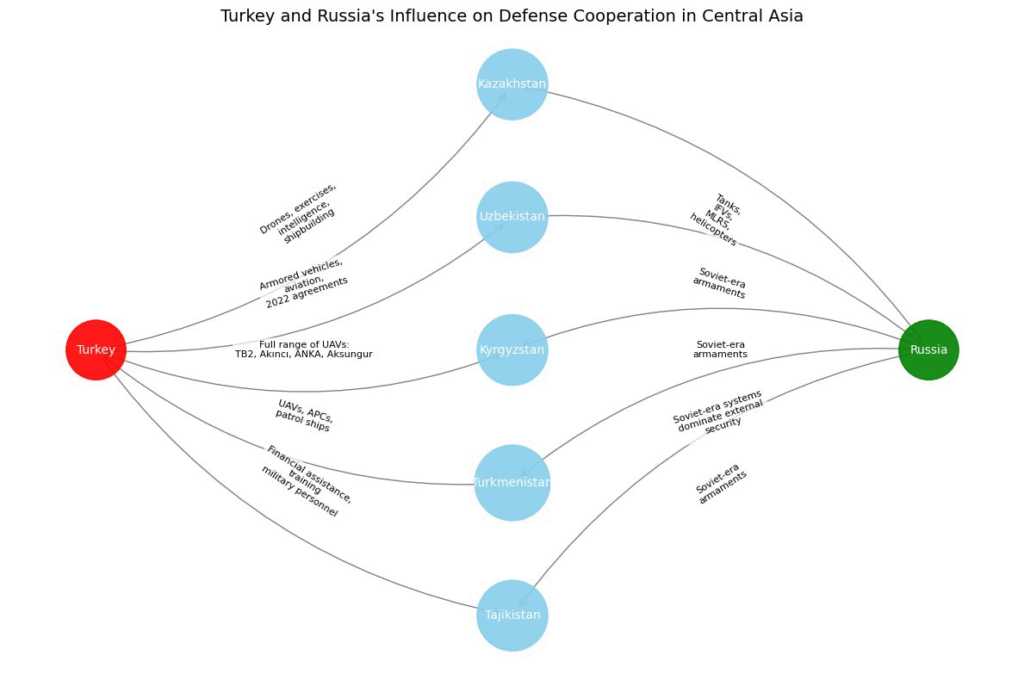Military Cooperation Between Turkey and Central Asian Countries Complements Russian Influence in the Region (The Case of Turkmenistan)

In July of this year, on the sidelines of the 17th International Defence Industry Exhibition, the first meeting of the heads of defence-industrial institutions of the Organisation of Turkic States will take place. In March 2025, Turkey set a new record: exports of defence and aviation products grew by 147% compared to March of the previous year. These developments have led many analysts to speculate about the waning of Russian military influence in Central Asia, particularly in Turkmenistan.

TURKISH TECHNOLOGIES ARE NOT YET CAPABLE OF FUNDAMENTALLY CHANGING TURKMENISTAN’S DEFENCE POSTURE
It is well known that Turkey has, in some respects, overtaken Russia in the Turkmen defence sector. However, despite Ankara’s proactive initiatives, Turkish systems have so far been unable to fundamentally alter Turkmenistan’s overall military balance.
Like many countries in the region, Turkmenistan has historically relied on proven, Soviet-era weaponry. Attempts to diversify its arsenal, experiments with foreign systems, including those supplied by Turkey, remain piecemeal. While Turkmenistan continues to demonstrate a high degree of procurement diversification, the bulk of its external defence capability still consists of traditional Russian platforms—main battle tanks, infantry fighting vehicles, multiple-launch rocket systems, and attack helicopters. These systems have withstood the test of time and offer the reliability required under Turkmenistan’s constrained defence budgets and strict interoperability demands.
Turkey’s contribution to Turkmen military imports has been concentrated in armoured personnel carriers, unmanned aerial vehicles, and patrol vessels. For instance, in 2021 Turkey accounted for 42% of Turkmenistan’s defence imports, primarily through the sale of the C-92 frigate. Nevertheless, experts note that Italy remains the leading arms supplier to Turkmenistan, and dependence on Russian technology has not significantly diminished.
TURKISH SYSTEMS BOLSTER TURKMENISTAN’S INTERNAL SECURITY
Turkish platforms, particularly in the category of armed drones, fill a specific niche. Recent operational successes in Nagorno-Karabakh and Ukraine have heightened regional interest in Turkish UAV technology. Yet the effectiveness of these systems in environments equipped with Russian air-defence and electronic-warfare assets remains subject to debate.
Turkmenistan’s principal external security challenge is its extensive Turkmen-Afghan border,the longest land border any Central Asian state shares with Afghanistan, whose defence is complicated by harsh terrain and climate. The vast deserts and scant infrastructure demand surveillance and mobility capabilities that Russian systems, long integrated into the country’s defence architecture, are best positioned to provide.
Consequently, Turkish hardware is predominantly deployed within internal-security formations, where it supports local and urban operational control. Armoured carriers and drones can be valuable in counter-terrorism roles, but they do not supplant the core defence line designed to deter and repel external threats.
Conclusion
In sum, Central Asian states, in particular Turkmenistan, will continue to deepen defence cooperation with Turkey. However, these developments are unlikely to displace Russia’s entrenched military influence in the region.